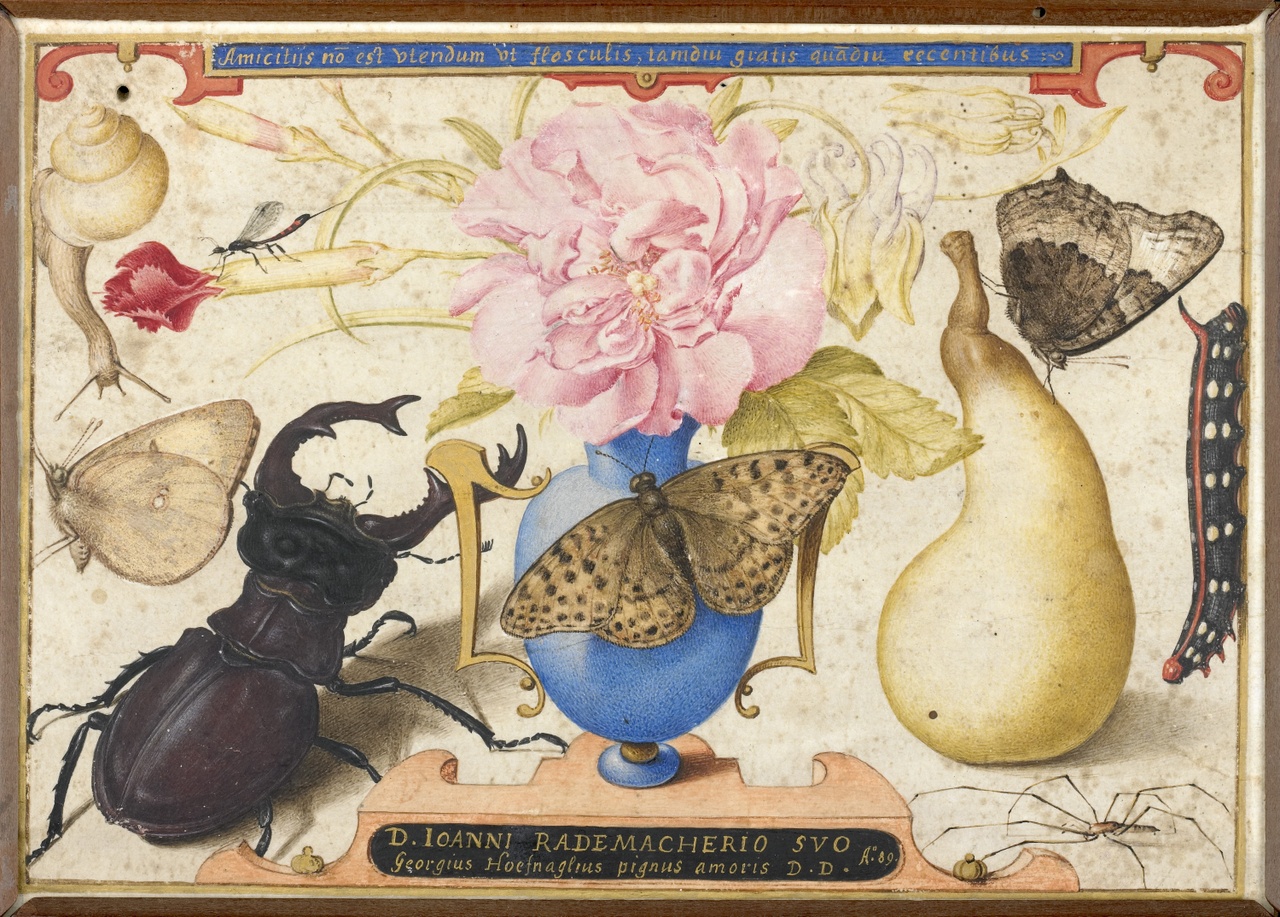The National Gallery of Art in Washington, D.C., is currently hosting the exhibition "Little Beasts: Art, Wonder, and the Natural World," which runs through November 2, 2025. This unique exhibition combines elements of art, science, and theology, aimed at engaging visitors of all ages in the exploration of nature through the lens of historical European art.
Explainer 'Little Beasts' Exhibition Explores Intersection of Art, Science, And Theology
The exhibition features a variety of specimens and taxidermy from the Smithsonian’s National Museum of Natural History, highlighting a period in European history when the scientific revolution intersected with artistic realism. It focuses on insects, animals, and what are referred to as "little beasts," encouraging guests to observe nature and appreciate the overlap of academic disciplines.
"Little Beasts" showcases prints by notable Dutch and Flemish artists from the 16th and 17th centuries, including Joris Hoefnagel and Jan Van Kessel the Elder. These artists produced works during a time when Antwerp emerged as a center for global commerce, leading to the discovery of new species and a heightened interest in the natural world.
"The exhibition allows guests to compare naturalistic prints with their real-life counterparts," said Chris Jacobs, founder and CEO of Juniper Research Group. "It’s an innovative approach to understanding both art and biology."
The display includes a variety of taxidermized creatures, from a peacock to a red squirrel, alongside prints that depict them. Visitors can see how Hoefnagel replicated the iridescence of insects in his artwork, with explanatory displays detailing the techniques used.
In addition to the visual art, a complementary film titled "Until We Are Forged: Hymns for the Elements" is shown hourly in an adjoining gallery. Directed by Dario Robleto, the film raises existential and theological questions about humanity's relationship with nature and the act of preservation.
"The film asks viewers to reflect on their role in the natural world," Robleto said. "It’s about understanding our empathetic tendencies through the lens of preservation."
Critics of the exhibition have raised concerns about the potential for oversimplification of complex themes. However, supporters argue that it provides a valuable opportunity for education and engagement with art and science.
The exhibition is designed to be accessible to children, making it an ideal summer activity for families. It encourages young visitors to learn about the natural world while also appreciating artistic expression. At the same time, it offers adults a chance to reflect on broader existential themes.
"Little Beasts" serves as a reminder of an often-overlooked era in art history, providing multiple entry points for understanding the world through art. Admission to the exhibition is free, and no tickets or passes are required, making it an accessible cultural experience for all.
For more information about the exhibition, visit The Federalist.
Why it matters
- The exhibition merges art, science, and theology, engaging diverse audiences in exploring nature through historical European art.
- It features taxidermy and prints from the 16th and 17th centuries, highlighting the intersection of artistic realism and the scientific revolution.
- The display encourages visitors to appreciate the natural world and its representation in art, fostering educational opportunities for families.
What’s next
- The exhibition runs until November 2, 2025, allowing ample time for visitors to experience it.
- Complementary film screenings occur hourly, inviting deeper reflection on humanity's relationship with nature.
